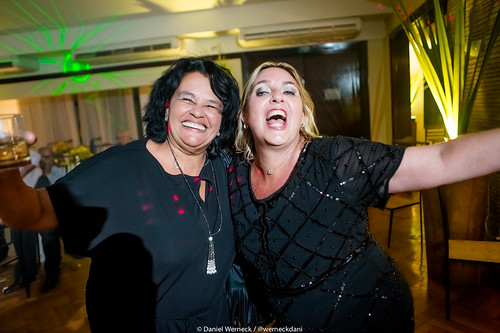N Figure 2. The outcomes were interpreted by the scientific committee and permitted the development of the recommendations. An independent committee (Appendix 1) validated the final version of suggestions (EH, CL, PT). Two members on the PubMed ID:http://www.ncbi.nlm.nih.gov/pubmed/21310556 scientific committee elaborated the final document (LS, PML).Forty-two experts completed the questionnaire (Appendix 2), representing 79 of those contacted. The causes for the non-participation from the remaining 11 authorities were that they had either also a great deal consultancy function or insufficient availability to reply within the time limits. The sociodemographic data and experienced activities with the experts’ panel are presented in Table three.Target population IndicationsIndications for the usage of LAI FGA and LAI SGA are summarized in Table four. The relevant query from the survey with all the experts’ answers are given in Figure two.Figure 2 Graphic final results with the query about indications for use of LAI.Llorca et al. BMC Psychiatry 2013, 13:340 http:www.biomedcentral.com1471-244X13Page five ofTable 3 Socio-demographic information and expert activities of your experts’ panel (N = 42 authorities)Age (years) N Imply SD Min; Max Median Years of practice N Mean SD Min; Max Median Remedy of sufferers in outpatients N Imply SD Min; Max Median Treatment of sufferers in hospital N Imply SD Min; Max Median For the duration of the last five years, in the field of LAI FGALAI SGA N Clinical activity Analysis projects Publications Communications N Conferences Congress Teaching 42 46.81 9.82 31; 63 46 41 17.29 ten.20 2; 37 16 41 68.90 22.43 25; one Tubastatin-A supplier hundred 75 41 31.ten 22.43 0; 75 25 42 42 (one hundred.0 ) 18 (42.9 ) 12 (28.6 ) 36 22 (61.1 ) 24 (66.7 ) 22 (61.1 )They may be contraindicated in organic mental issues with behavioural issues (Alzheimer’s disease, vascular dementia). LAI FGA are encouraged (in monotherapy or combination): as 2nd line remedy in schizophrenia, delusional disorder, schizoaffective disorder and personality problems. They’re contraindicated in recurrent depressive disorder and in organic mental problems with behavioural problems.Most acceptable introduction period throughout the illnessThe most suitable period for the introduction of LAI FGA and SGA are summarized Table five. Only LAI SGA are viewed as as a therapeutic selection throughout the initial phase of schizophrenic illness: They’re encouraged from the 1st psychotic episode. Their introduction in the initial recurrent psychotic episode can also be recommended (if the patient was not treated with an LAI antipsychotic). LAI FGA are not recommended through the early course of schizophrenia (i.e. within a patient who has been newly diagnosed with schizophrenia and who has had no preceding antipsychotic therapy). They has to be applied as maintenance treatment during the long-term evolution of your illness within the case of efficacy with the corresponding oral formulation and when the benefitrisk ratio is regarded as satisfactory.Option criteria for an LAI FGA or LAI SGA as outlined by the clinical characteristics of patientLAI SGA are suggested (in monotherapy or mixture): as 1st line  treatment in schizophrenia, delusional disorder and schizoaffective disorder. as 2nd line treatment in bipolar disorder and character issues.Table 4 LAI FGA and LAI SGA indications as outlined by the DSM-IV-TR criteriaLAI FGA 1st line therapy Schizophrenia Delusional disorder Schizoaffective disorder 2nd line treatment Schizophrenia Delusional disorder Schizoaffective disorder Character disorder Bipolar disorder.
treatment in schizophrenia, delusional disorder and schizoaffective disorder. as 2nd line treatment in bipolar disorder and character issues.Table 4 LAI FGA and LAI SGA indications as outlined by the DSM-IV-TR criteriaLAI FGA 1st line therapy Schizophrenia Delusional disorder Schizoaffective disorder 2nd line treatment Schizophrenia Delusional disorder Schizoaffective disorder Character disorder Bipolar disorder.